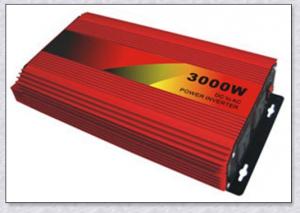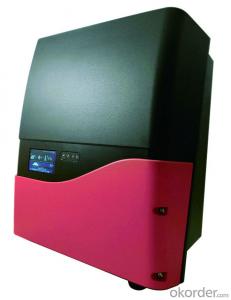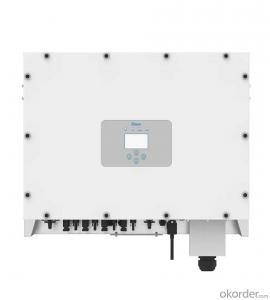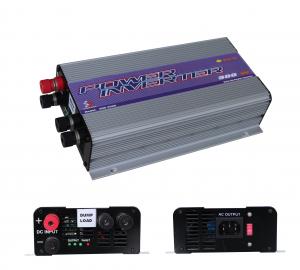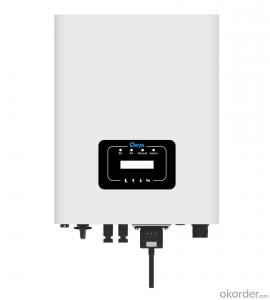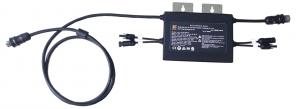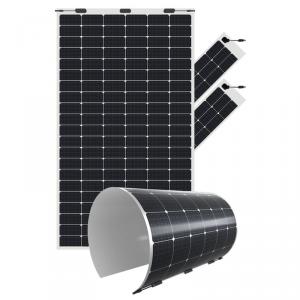Solar Edge Inverter Failure
Solar Edge Inverter Failure Related Searches
Solar Edge Inverter Problems Solar Inverter Relay Failure Solar Edge Inverter Eeprom Failure Solar Inverter Faulty Solar Inverter Solar Edge Inverter Efficiency Solar Edge Inverter Reset Reset Solar Edge Inverter Solar Edge Hybrid Inverter Solar Inverter Broken Solar Edge Solar Inverter Inverter Solar Edge Gfci Failure Solar Inverter Broken Solar Inverter Solar Inverter Fault Light Solar Edge Inverter Specs Solar Edge Inverter Models Buy Solar Edge Inverter Solar Edge Micro Inverter Solar Edge Inverter Warranty Solar Edge Inverter Spec Sheet Solar Edge 3 Phase Inverter Fault Light On Solar Inverter Cost Of Solar Edge Inverter Solar Edge Inverter Cost Solar Edge Energy Hub Inverter Solar Edge Inverter Manual Solar Edge Inverter For Sale Solar Edge Inverter Price Solar Edge Inverter UkSolar Edge Inverter Failure Supplier & Manufacturer from China
Solar Edge Inverter Failure refers to the malfunctioning of SolarEdge inverters, which are essential components in solar energy systems. These inverters are responsible for converting the direct current (DC) generated by solar panels into alternating current (AC) that can be used by homes and businesses. They play a crucial role in ensuring the efficiency and reliability of solar power systems.SolarEdge inverters are widely used in various applications, including residential, commercial, and utility-scale solar installations. They are designed to work seamlessly with SolarEdge power optimizers, which can improve the overall performance and efficiency of the solar system by up to 25%. In scenarios where an inverter fails, it can lead to a significant decrease in energy production and potentially damage other components in the system, making it essential to address inverter failures promptly.
Okorder.com is a leading wholesale supplier of Solar Edge Inverter Failure products, offering a vast inventory of high-quality inverters and replacement parts. With a commitment to providing reliable and efficient solutions, Okorder.com ensures that customers have access to the necessary components to maintain and repair their solar power systems.
Hot Products

















